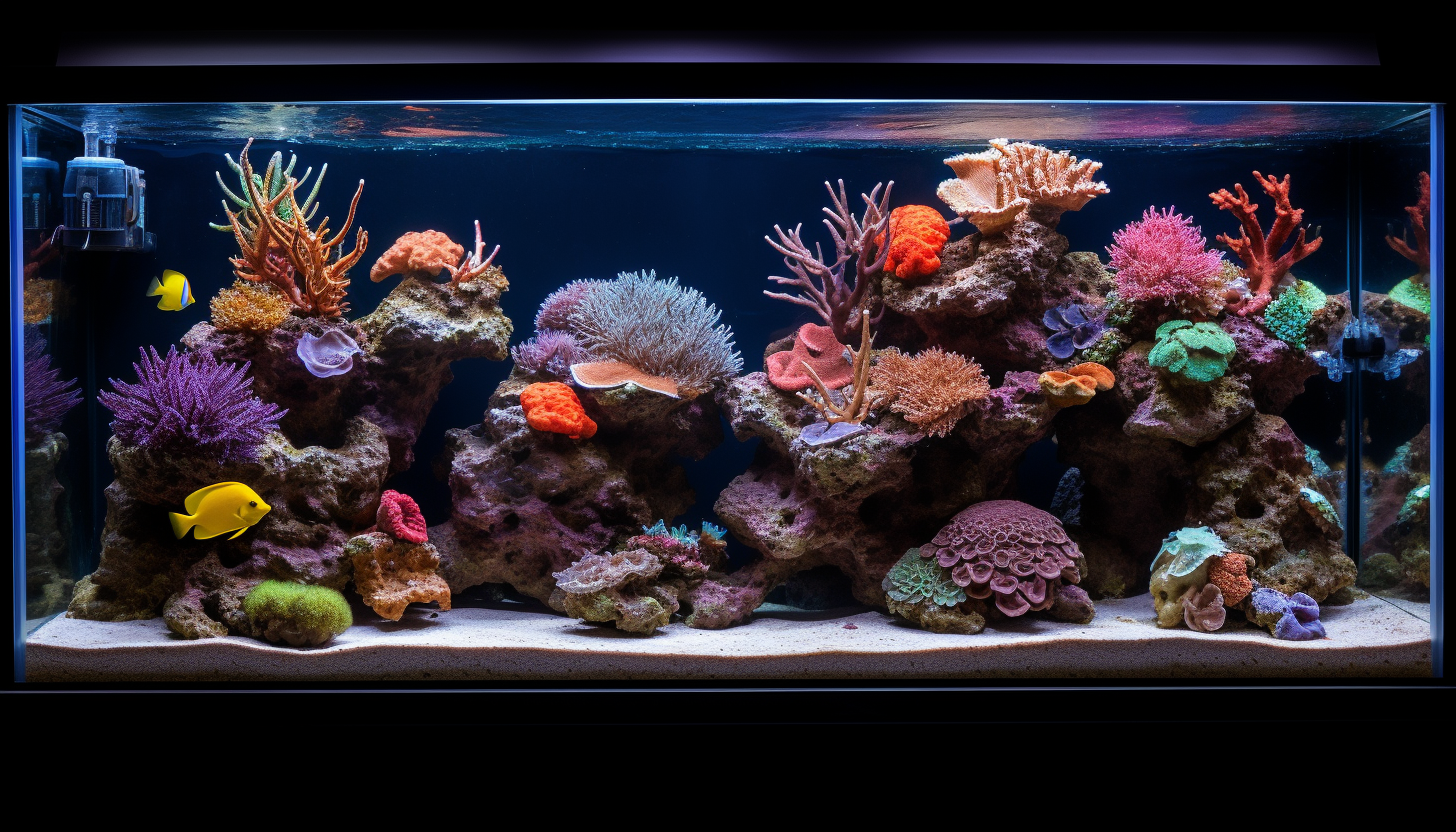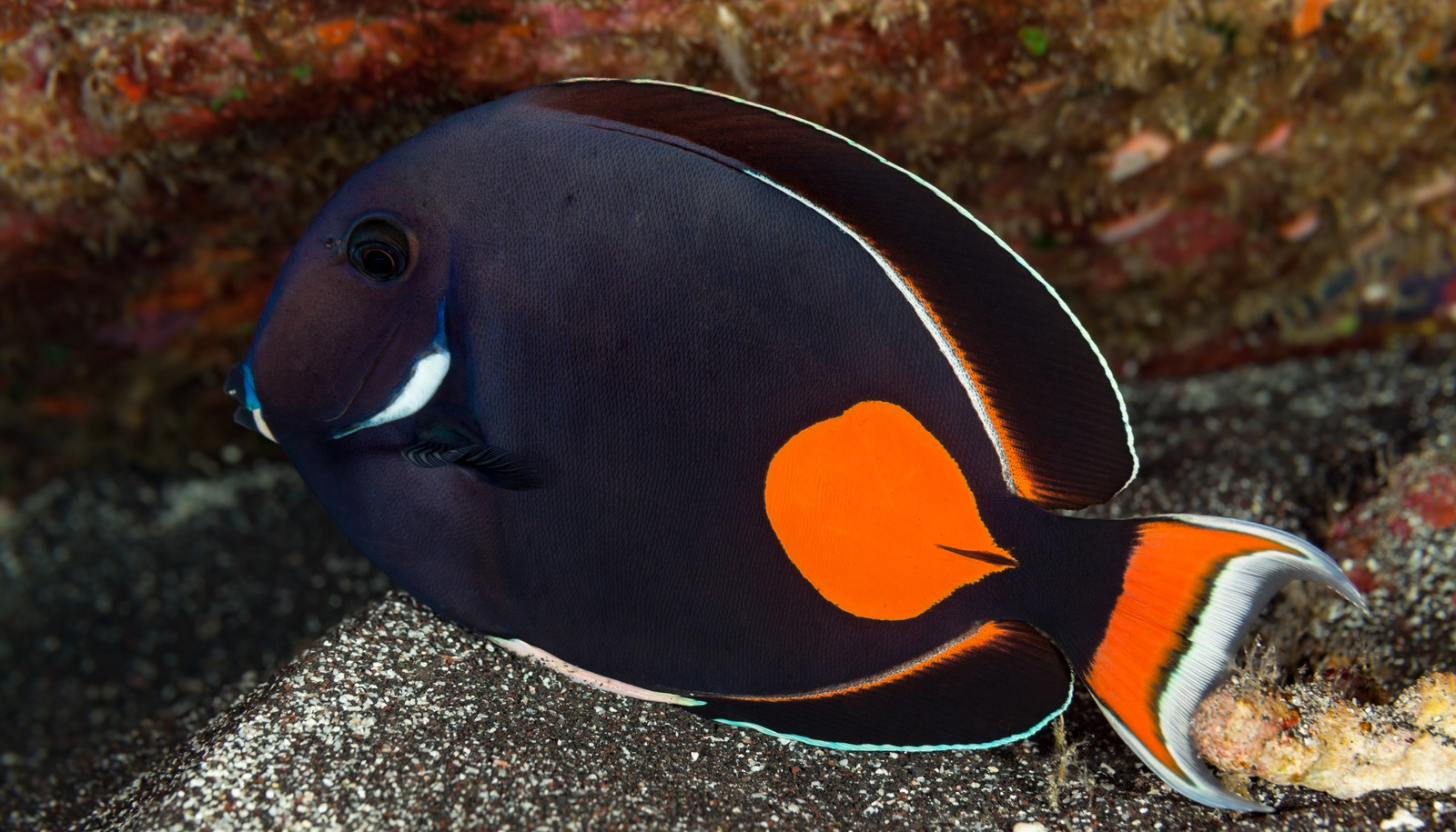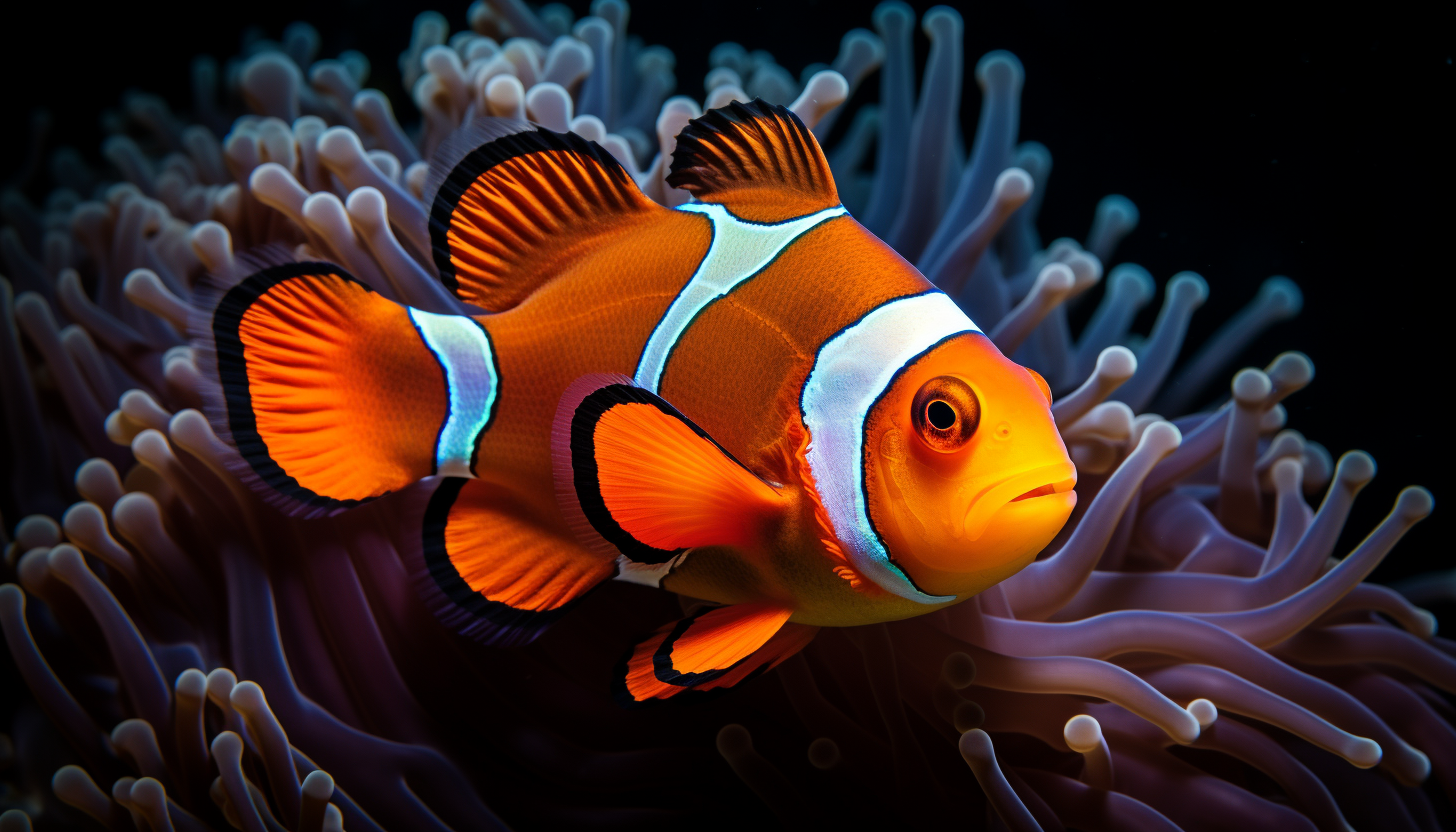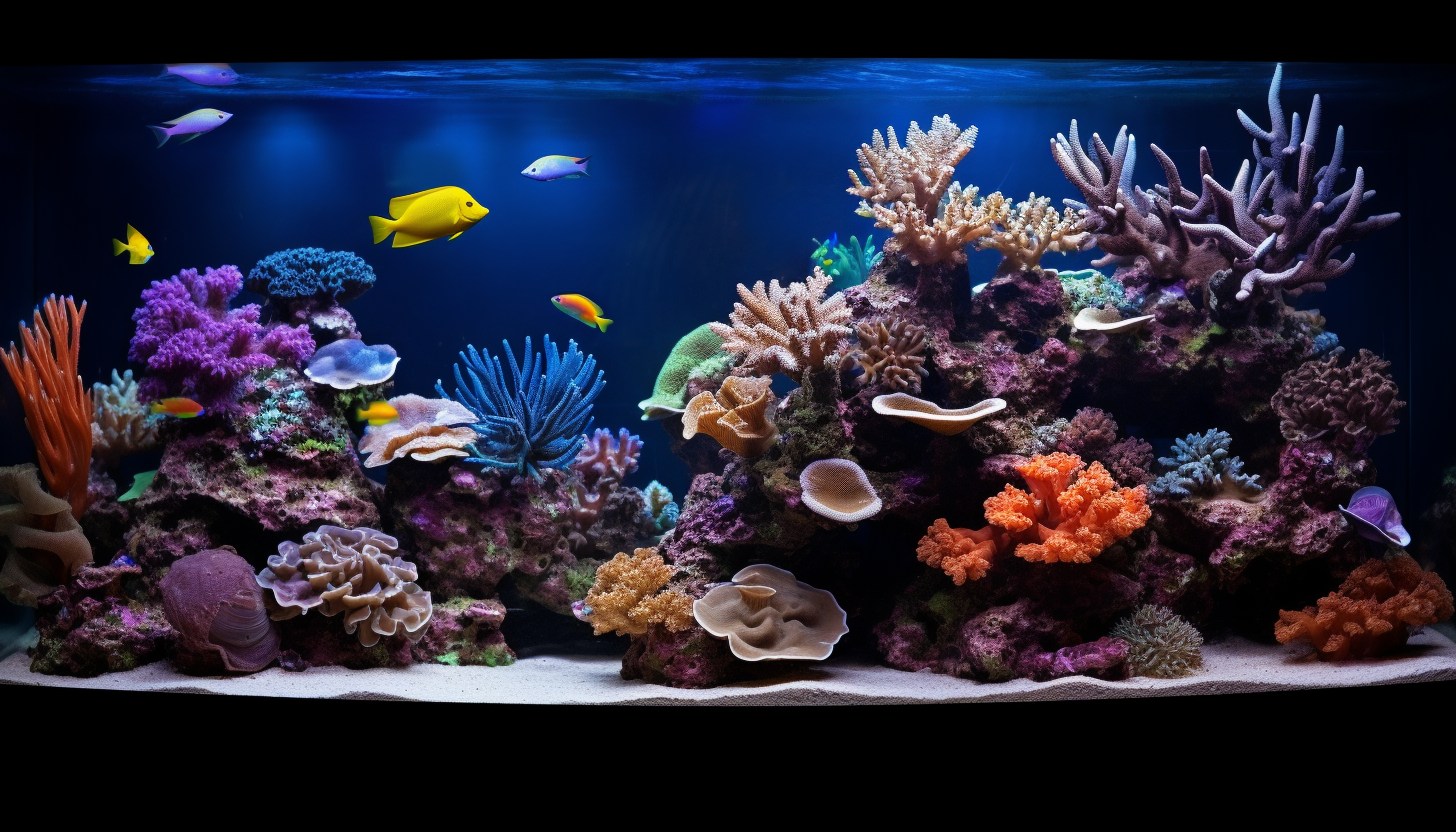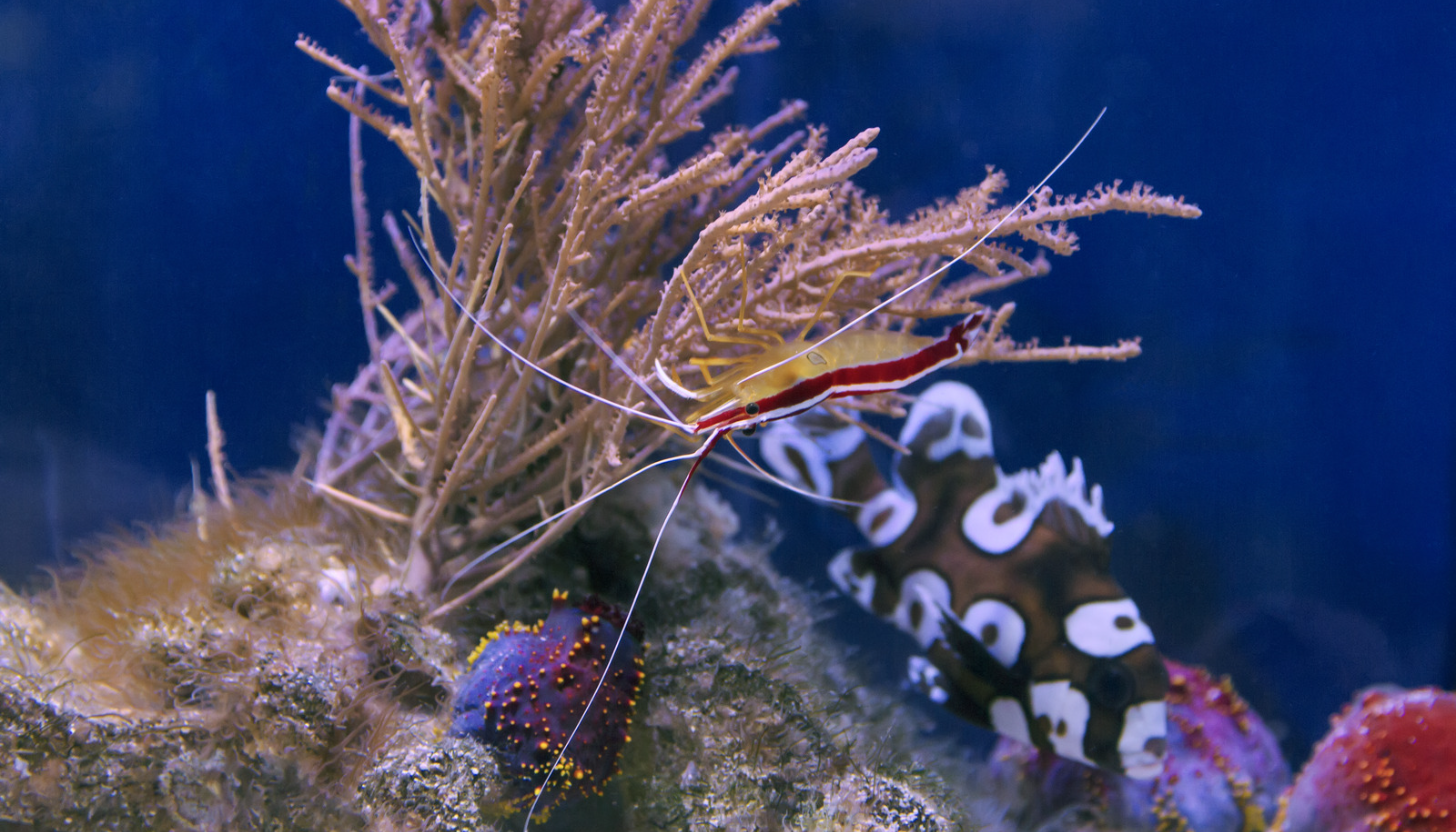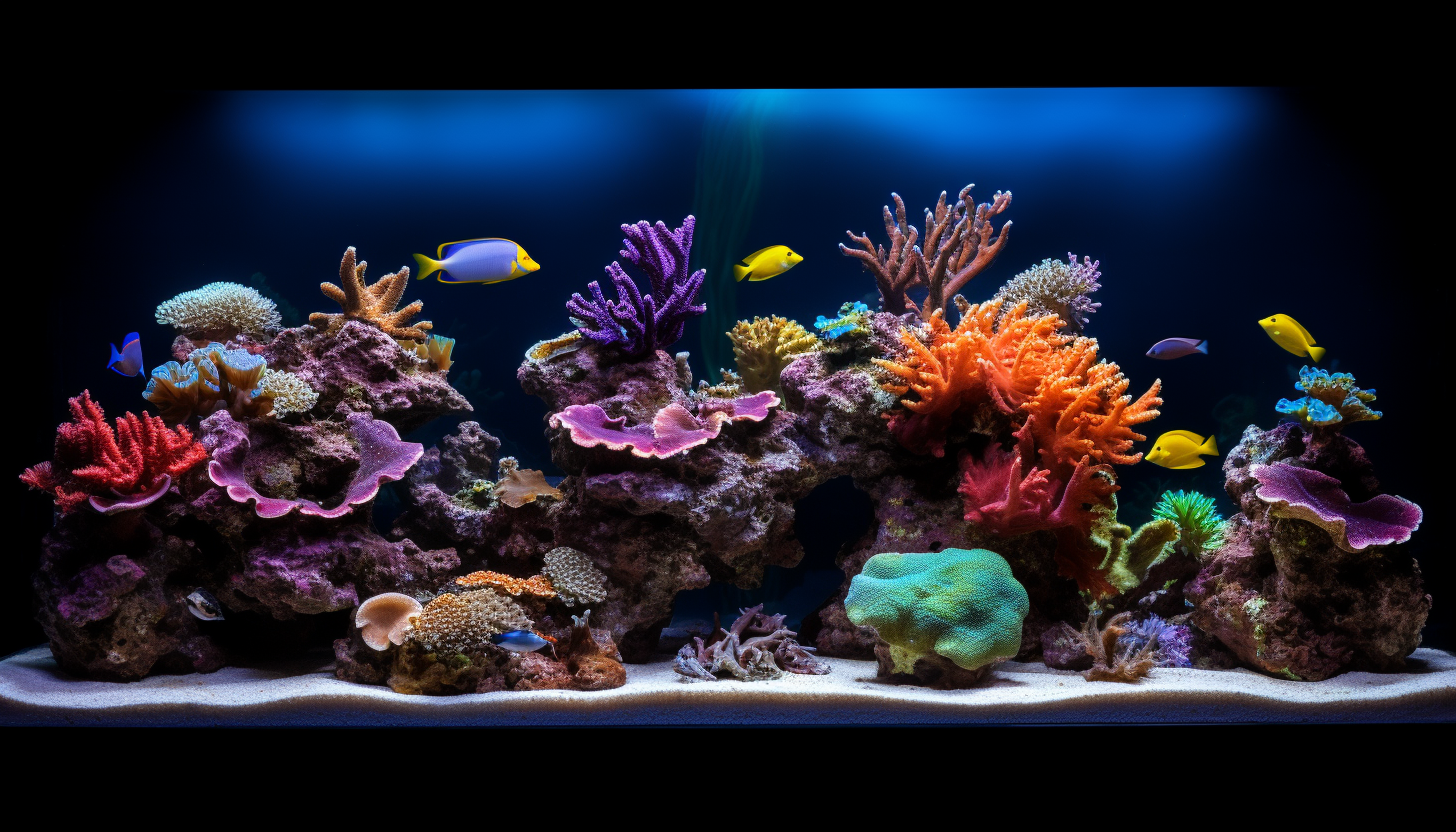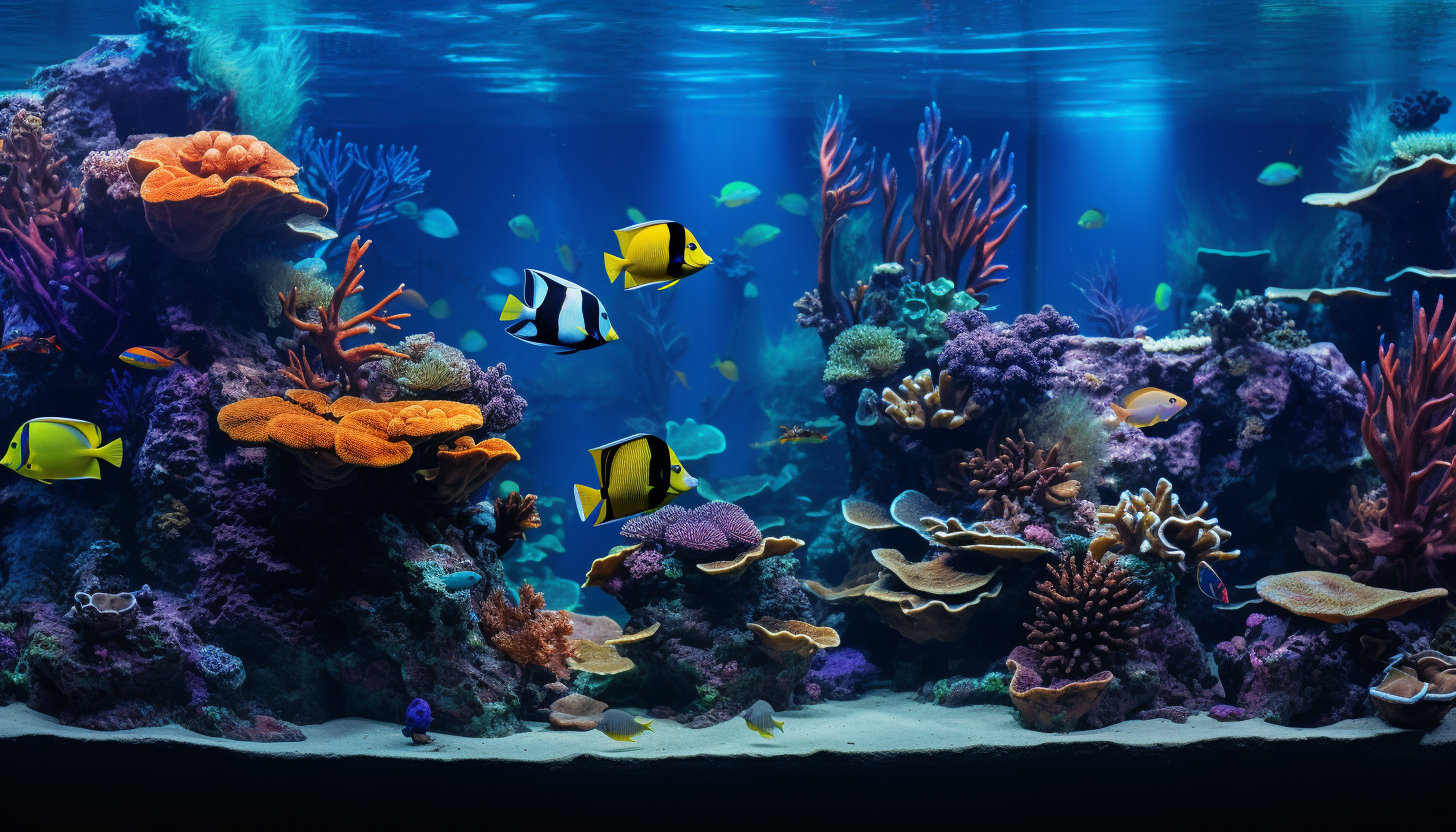Building a Reef Tank: A Comprehensive Guide
Building a Reef Tank: Your Path to a Thriving Underwater Ecosystem
Building a reef tank is a journey of creating a slice of the ocean right in your home. With the right approach, you can create a vibrant and thriving ecosystem that offers endless fascination. Here is a comprehensive guide to setting up your reef tank.
Planning Your Reef Tank
Planning is a critical step in setting up a successful reef tank. Some key considerations include:
- Tank Size: Larger tanks offer more stability but require more space and investment.
- Location: Your tank should be in a stable, level location away from direct sunlight, and close to a power source.
- Budget: Consider the costs of the tank, equipment, livestock, and ongoing maintenance.
Choosing the Right Equipment
Setting up a reef tank requires the following essential equipment:
- Tank: Glass and acrylic are common materials. Choose based on your preference and budget.
- Lighting: Reef tanks need powerful lighting to support coral growth. LED lights are energy-efficient and customizable.
- Filtration system: A good filtration system keeps your water clean and healthy. Consider a combination of mechanical, biological, and chemical filtration.
- Heater: Maintaining the right temperature is crucial. Always have a reliable heater and thermometer.
- Protein Skimmer: Helps remove organic compounds from the water, improving its quality.
- Powerheads: These provide water movement, imitating the natural currents in the ocean.
Setting Up Your Reef Tank
Here’s a step-by-step process for setting up your tank:
- Place and Level Your Tank: Ensure the tank is stable and level before adding anything.
- Install Equipment: Install the filtration system, heater, protein skimmer, and powerheads, but don’t plug them in yet.
- Add Substrate: Add live sand to the tank, around 1-2 inches deep.
- Add Live Rock: Arrange live rock to create an interesting and stable structure with plenty of hiding places for your future tank inhabitants.
- Fill with Saltwater: Fill the tank with premixed saltwater or mix your own using reverse osmosis/deionized (RO/DI) water and a high-quality marine salt mix.
- Start Your Equipment: Once filled, start your equipment and check everything is working correctly.
Cycling Your Reef Tank
Before adding any livestock, you need to cycle your tank. This process can take anywhere from four to eight weeks and is critical for establishing the beneficial bacteria that will help keep your tank healthy.
Adding Livestock
Start with hardy and easy-to-care-for species. Add fish slowly, monitor your water parameters regularly, and avoid overstocking. Consider compatibility, adult size, and the needs of each species.
Maintenance
Regular maintenance includes water changes, testing water parameters, cleaning equipment, feeding, and monitoring your livestock’s health.
Building a reef tank is a commitment and can be challenging, but the reward of a thriving marine ecosystem in your home is well worth the effort. As you embark on this journey, remember that The Reef’s Edge community is here to support you. Happy reefing!
Newsletter Signup
Never miss an article. Get new insights delivered right to your inbox.
